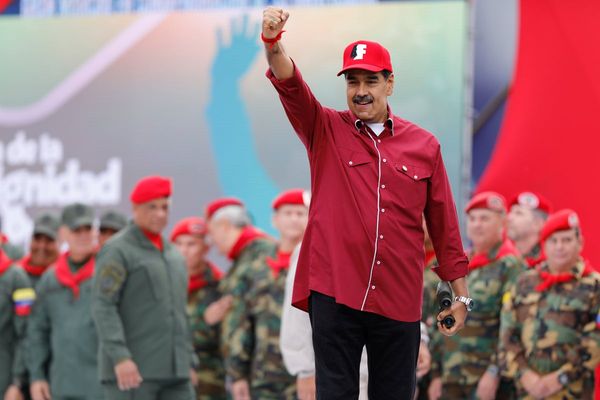
One autumn evening in 2009, four persons sat around a coffee table at Ford Motor’s office in Detroit debating what the new Mustang should be like. It would be the iconic sports car’s 50th anniversary edition. The meeting ended with a decision to build a right-hand drive version.
Surprised. The head of that meeting, Prakash Patel, the new product manager for the Mustang, is an Indian, and may be forgiven for having an affinity for having the steering on the right, as opposed to the left as Americans are accustomed to.
“When we talk about a global car, you cannot forget about the right-hand drive market, and once you do that there is not a bigger right-hand drive market than India,” said Patel, the first Indian product manager for muscle car.

However, India was not on Patel’s mind when the project planning started. The right-hand drive markets in his mind were UK and Australia, but as Patel and his team proceeded India started playing a wider role in Mustang’s future. This is also the first time an all-American car will be sold in India.
Patel elaborates that India has the most stringent regulations. It had to go through a water-wading test, where a car needs to be driven through four-and-half inches of water to see how good it would do in flooded conditions. The car should not stop. Changes were made in the engine bay, and have been implemented in all Mustangs. India also needed a different horn. “The horn is louder and is more durable --- the frequency of horn usage here is the highest in the world,” said Patel, who is a mechanical engineer from Gujarat University. The horns have been manufactured in Pune.
While studying the India market, Patel realised that India was high on low-speed front and rear collision. So, the Mustang now has a new fascia and rear bumpers to stay more protected.

But, why did Ford take five decades to come out with a more global car? “Because of right hand drive,” said Patel. So far, the Mustangs that were available were from the grey market. “People took it to the garage and flipped it to right-hand drive. Now the Indian government has certified the car,” he said.
To make the car suitable for the Indian market the Mustang had to undergo a whole host of packaging changes, including the turn indicator controls, which are on the right-hand side of the steering wheel. In the US and the UK it’s on the left.
The Mustang will be available in India from the second quarter of 2016 and is expected to start at around Rs 50 lakh.







